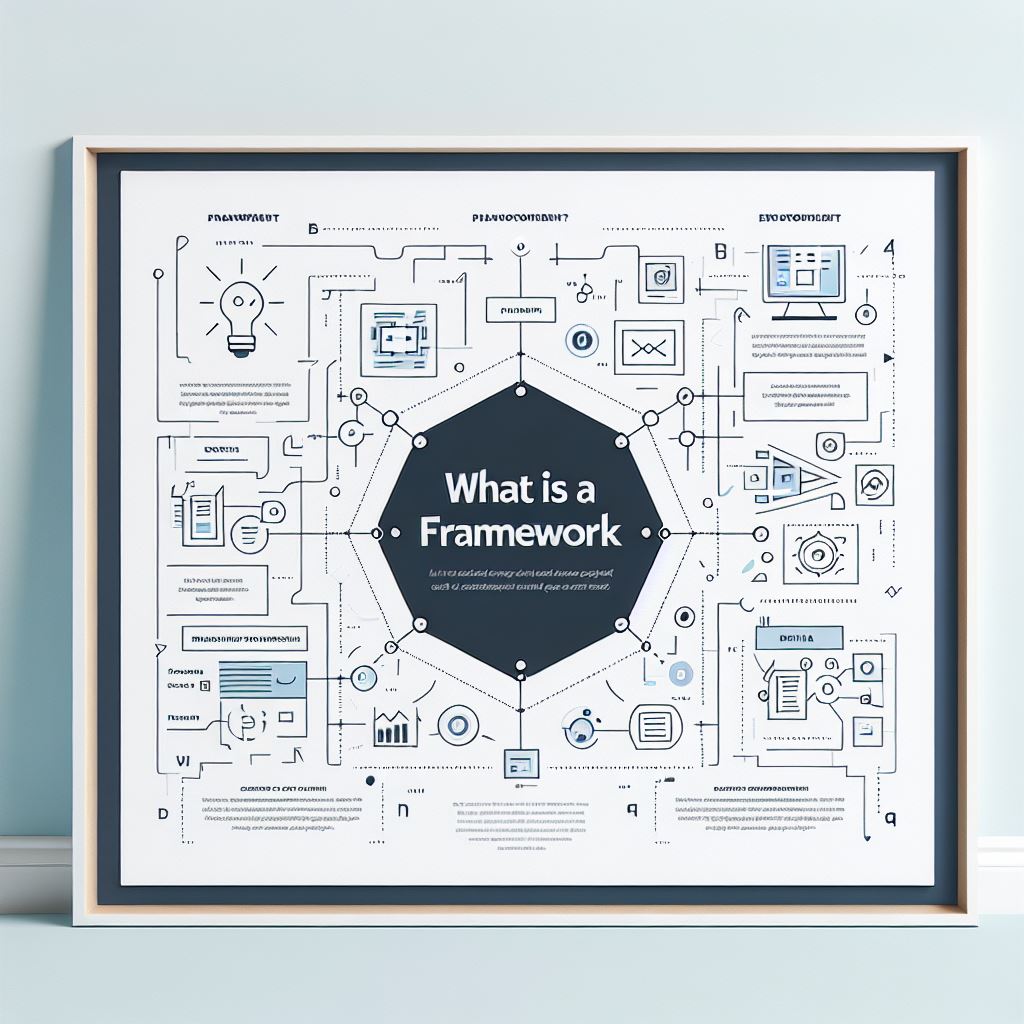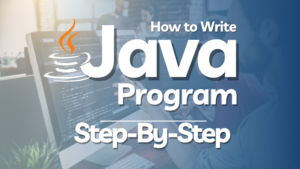
Frameworks are pre-built sets of tools, functions, and patterns that help programmers build things faster and more easily. Just as a toolkit makes robot building easier, frameworks make it easier to create websites, apps, and software programs.
- 1. Introduction: Why Learn About Frameworks?
- 2. What is a Framework?
- 3. How Do Frameworks Help in Programming?
- 4. Different Types of Frameworks
- 5. Examples of Popular Frameworks in Different Languages
- 6. How to Choose a Framework
- 7. Conclusion
1. Introduction: Why Learn About Frameworks?
Imagine you have a big project, like building a robot from scratch. You could start by creating every single part by hand, but that would take a lot of time, right? Instead, you could use a pre-made toolkit that includes parts and instructions for building that robot. This toolkit is a bit like what a “framework” does in programming.
Frameworks are pre-built sets of tools, functions, and patterns that help programmers build things faster and more easily. Just as a toolkit makes robot building easier, frameworks make it easier to create websites, apps, and software programs.
2. What is a Framework?
In simple terms, a framework is a collection of pre-made code and components that developers can use to build applications. Instead of writing every line of code from scratch, you can use these pre-made tools to handle common tasks.
Think of a framework as a recipe for cooking. If you follow a recipe, you don’t have to figure out every detail on your own – you just follow the instructions and add your unique twist. In the same way, a programming framework has guidelines and tools that help you create a finished product, like a website or an app, without starting from scratch.
3. How Do Frameworks Help in Programming?
Frameworks help in three main ways: saving time, standardizing code, and reducing errors.
Saving Time: Just like using pre-built blocks to make a building is faster than creating each brick, using a framework speeds up programming.
Standardizing Code: Frameworks provide consistent structures, so code looks similar across projects, which helps teams collaborate. Think of it like how recipes make sure every cake turns out similar in shape and texture.
Reducing Errors: Frameworks often come with built-in error handling, so developers make fewer mistakes. For instance, many frameworks automatically handle common programming tasks like logging in, so developers don’t need to code these features from scratch, reducing the chance of error.
Example: When building a website, frameworks like Django (in Python) or React (in JavaScript) come with tools to handle user registration, form submission, and more, which means developers don’t have to reinvent the wheel.
4. Different Types of Frameworks
Frameworks usually fall into two main categories: frontend and backend.
Frontend Frameworks: These are used to build the part of the application that users see and interact with, like the website layout or app buttons.
Example: React (JavaScript) is a popular frontend framework that lets developers create interactive user interfaces quickly.
Backend Frameworks: These handle the “behind the scenes” tasks, like managing databases or processing user requests.
Example: Django (Python) is a popular backend framework that helps developers manage data and create secure applications without starting from scratch.
5. Examples of Popular Frameworks in Different Languages
Now, let’s look at some specific examples of frameworks in popular programming languages:
JavaScript:
React (frontend): A library used for building user interfaces. React makes it easy to build interactive and dynamic web pages.
Express (backend): A lightweight framework that helps handle backend processes in web applications, like connecting to databases.
Python:
Django (backend): A high-level framework for building secure and scalable web applications. It comes with tools for handling user authentication, databases, and more.
Flask (backend): Another Python framework that is simpler than Django, often used for smaller projects or learning.
Java:
Spring (backend): A powerful framework for creating large and complex applications, commonly used in businesses.
Each framework has its strengths, and developers choose based on their specific needs. For instance, React is known for building modern, interactive websites, while Django is popular for secure and scalable applications.
6. How to Choose a Framework
Choosing the right framework depends on factors like the project’s size, the community support, and the language you’re using. Here’s a quick guide:
Project Size: For large applications, a more comprehensive framework like Django or Spring may be suitable. For smaller projects, lighter frameworks like Flask or Express might be a better fit.
Ease of Use: If you’re new to programming, some frameworks, like Flask, are easier to learn than more complex options like Django.
Community Support: Frameworks like React and Django have large communities, meaning it’s easier to find tutorials, ask questions, and get support.
Example: If you’re creating a basic website and want to learn frontend development, React is a good choice because it’s popular and beginner-friendly. If you’re building a backend API in Python, you might start with Flask for its simplicity before moving to Django for more complex needs.
7. Conclusion
In programming, frameworks are like toolkits that make development faster, easier, and more efficient. By using a framework, you’re not starting from scratch; instead, you’re building on top of pre-made structures and tools.
Frameworks are valuable because they save time, reduce errors, and make code more organized. Whether it’s building a website, an app, or a software program, frameworks are powerful tools that make a developer’s work smoother. So, if you’re thinking about starting a coding project, exploring frameworks could be a great way to begin!

